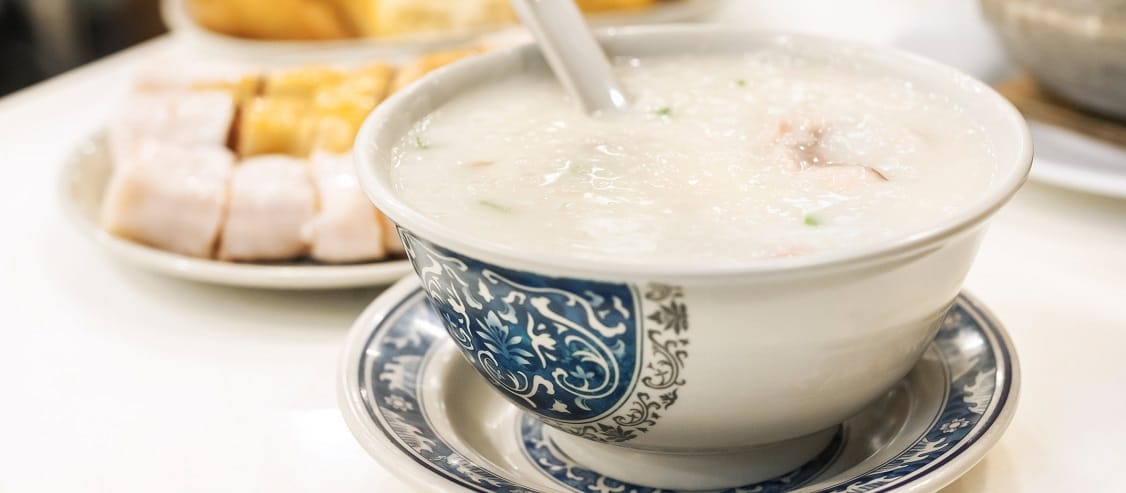Rice soup / rice porridge / congee is an integral part of the Chinese cuisine. It is usually drunk in the morning and serves as a healing food.
It is very mild, easily digestible and nourishing. It has a purifying and detoxifying effect and builds up Qi, as well as juices and it harmonizes the stomach.
Rice congee can even be digested by infants. It is also a wonderful option for people who can no longer consume anything else due to illness or old age. It can also be used as a substitute for fasting and it is highly recommended when overweight and wanting to detoxify.
Congee can be consumed for breakfast, as a snack or as a main meal. You can pimp it up with sweet or spicy ingredients for everyday consumption. Nuts, dried fruits or steamed fruits make it a great muesli substitute. Vegetables, sprouts, meat or fish make it a delicious and hearty main meal.
Example ingredients
- Azuki beans are particularly effective in moisturizing, purifying and detoxifying, eliminating swelling and cooling heat.
- Ginger promotes the circulation of Qi and blood, and supports Yang.
- Chestnuts tonify the Yin kidney and strengthen Jing.
- Red dates have a calming effect and are used when experiencing Qi deficiency, blood deficiency, a weak spleen and stomach, and fatigue.
- Walnuts tonify the Yang kidney and nourish the brain.
- Apricot kernel congee helps when experiencing a cough and asthma. It has an expectorant effect and expels phlegm.
- To treat chronic diarrhea and flatulence (due to a spleen-Qi weakness), congee is prepared with carrots and fennel.
Variation
As a base, the rice may also be replaced by millet, oats, quinoa, amaranth or other whole grains.
